The delicate art of macaron making hinges on countless subtle variables, but few are as mysterious – or as decisive – as the elusive "foot" formation. That iconic ruffled skirt separating amateur attempts from professional-quality macarons has long been whispered to depend on a precise moisture threshold. Emerging research now suggests these pastry legends hold scientific truth: macaron feet require crossing a critical water activity (aw) threshold during the crucial drying phase before baking.
Water activity, measured on a scale from 0 (bone dry) to 1 (pure water), represents water's thermodynamic freedom in a system – its availability to participate in chemical reactions or microbial growth. For macarons, the magic appears to happen between 0.75 and 0.85 aw during skin formation. At this range, the meringue-based shell develops just enough surface tension to lift cleanly from the baking sheet while retaining sufficient plasticity for steam to push upward from the baking interior, creating the characteristic foot structure.
The phenomenon follows fundamental physics: As piped macaron batter loses moisture during resting, dissolved sugars concentrate at the surface. This creates a semi-permeable membrane that regulates further moisture loss. When internal water vapor pressure builds during baking, it seeks the path of least resistance – bursting through the slightly weaker interface between the hardened top and still-hydrated interior rather than rupturing the surface skin. The result is that iconic upward expansion we recognize as proper foot development.
Commercial kitchens have instinctively manipulated this process for decades through environmental controls. The traditional French method dictates resting piped macarons until they develop a dry skin that doesn't stick to fingers – essentially an empirical aw test. Modern pastry labs now confirm this tactile test corresponds to reaching the critical water activity window. Humidity levels between 45-55% at 20-22°C typically produce ideal drying conditions, though formulation adjustments are needed for tropical or arid climates.
Recipe variables dramatically impact the moisture race: Almond flour particle size alters water migration rates, with finer grinds accelerating surface drying. Sugar ratios don't just affect sweetness – sucrose is hygroscopic, actively competing for water molecules. Even the type of meringue (French, Swiss, or Italian) establishes different initial moisture distributions that cascade through the entire drying and baking process.
Advanced techniques are emerging from this understanding. Some avant-garde patissiers now use portable water activity meters to test piped macarons before baking. Others employ controlled dehydration chambers that precisely regulate air flow and humidity to hit the aw sweet spot consistently. A Tokyo bakery gained fame for their "instant macaron feet" technique using brief exposure to food-safe desiccants before baking.
The implications extend beyond pastry arts. Food scientists note that this aw threshold phenomenon mirrors moisture-dependent structural transformations in other composite food systems – from bread crust formation to chocolate bloom prevention. Some researchers speculate that historical pastry failures (like the infamous "macaron no-foot epidemic" in 1990s Parisian bakeries) may have stemmed from climate shifts pushing conditions beyond the critical moisture window.
For home bakers, understanding this moisture threshold demystifies many macaron frustrations. Cracked shells often indicate the surface dried too rapidly (aw dropped below 0.7 before baking), while sticky, collapsed feet suggest insufficient drying (aw above 0.9). The research confirms why rainy days spell macaron disaster – ambient humidity keeps surface aw too high for proper skin formation.
As pastry science advances, the macaron foot stands as a delicious example of how ancient culinary intuition often anticipates modern food chemistry. That perfect ruffled edge isn't just aesthetic – it's the physical manifestation of a precise water activity transition, a moment where sugar, protein and water molecules align to create edible architecture. Professional bakers have always known macarons respond to atmospheric whispers; now we're learning to speak their liquid language.

By /May 26, 2025
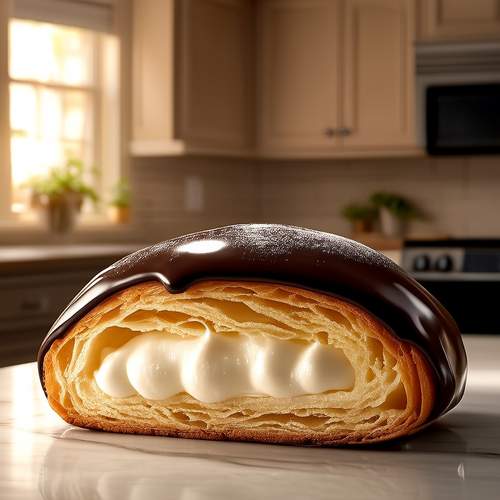
By /May 26, 2025
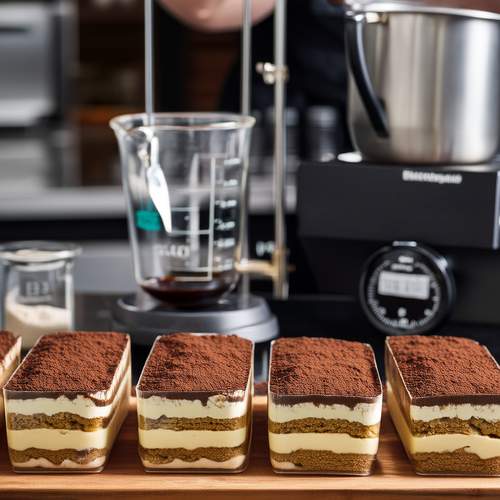
By /May 26, 2025
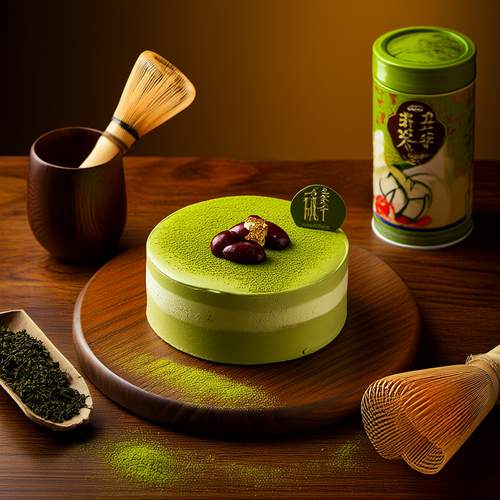
By /May 26, 2025
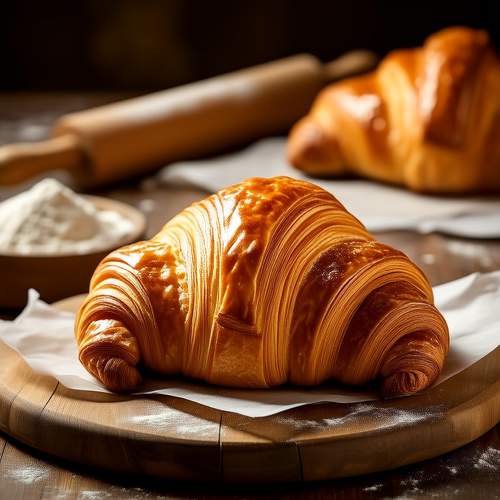
By /May 26, 2025

By /May 26, 2025

By /May 26, 2025

By /May 26, 2025
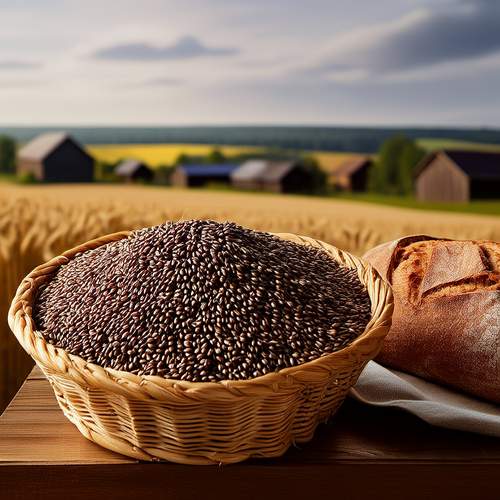
By /May 26, 2025
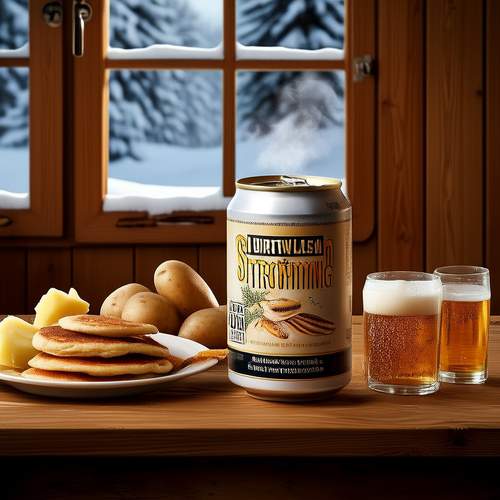
By /May 26, 2025
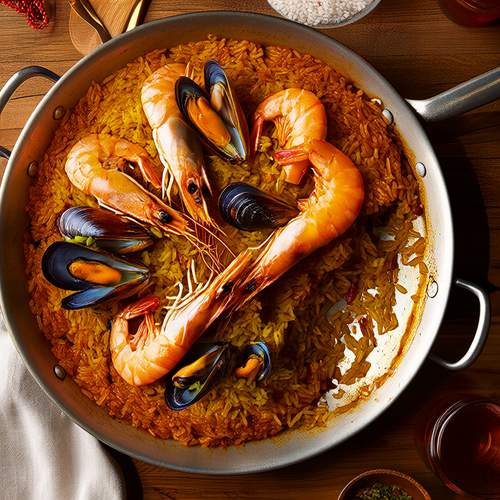
By /May 26, 2025
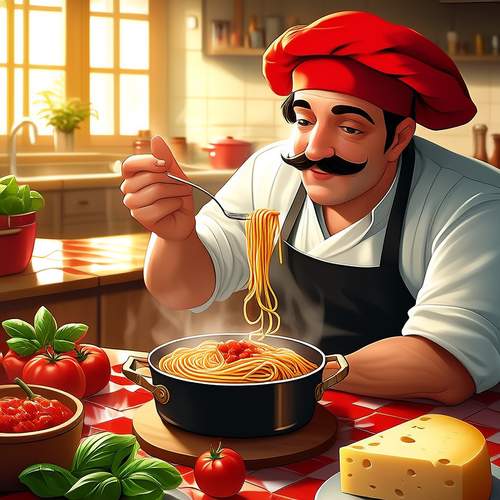
By /May 26, 2025
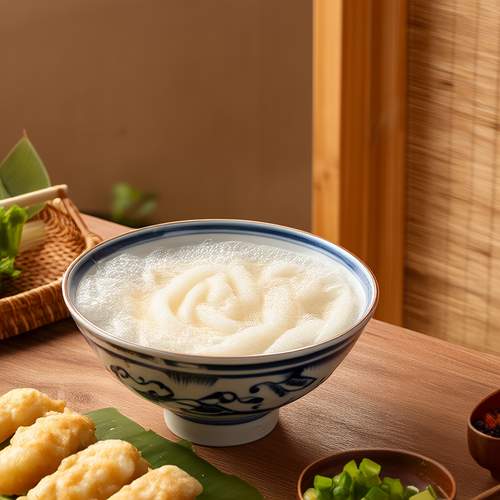
By /May 26, 2025
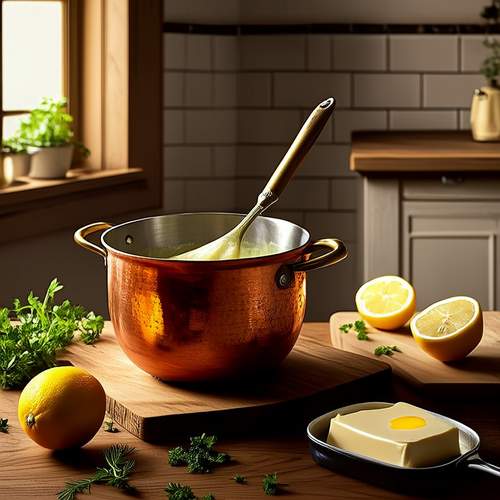
By /May 26, 2025

By /May 26, 2025

By /May 26, 2025
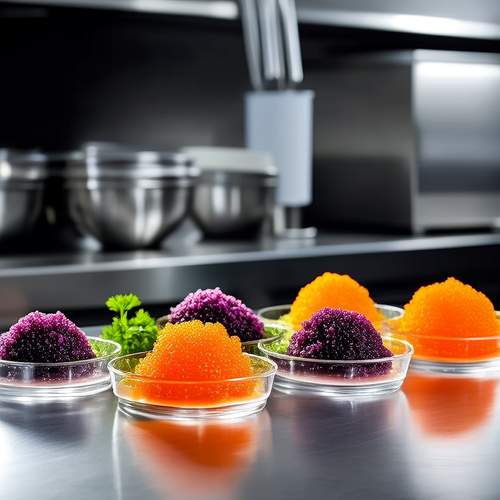
By /May 26, 2025
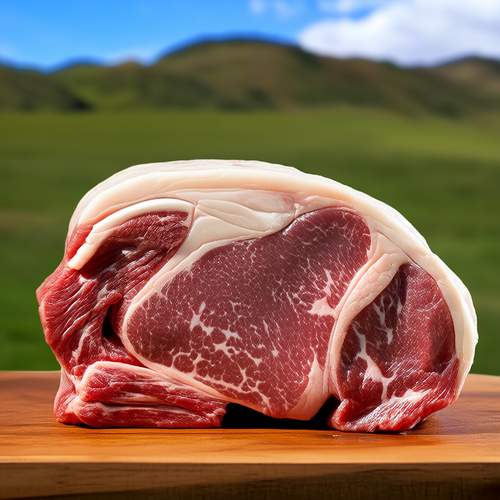
By /May 26, 2025
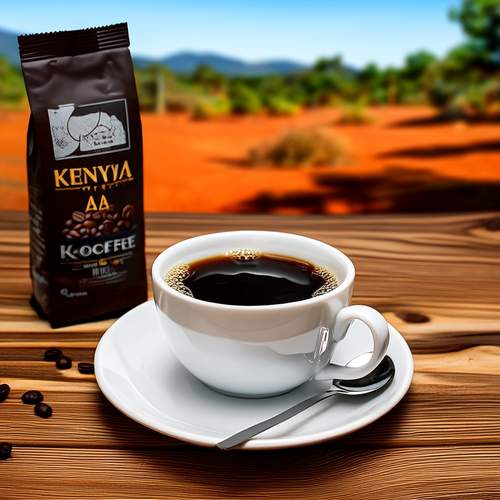
By /May 26, 2025
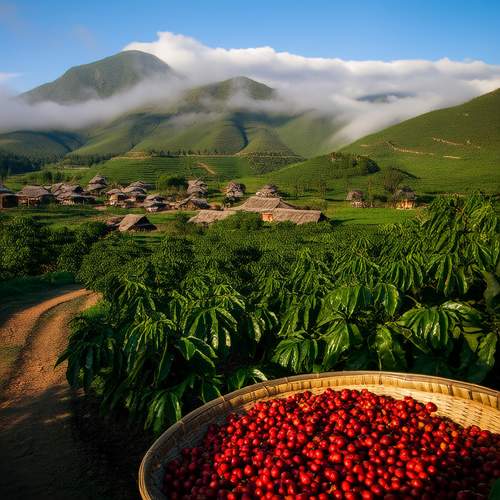
By /May 26, 2025